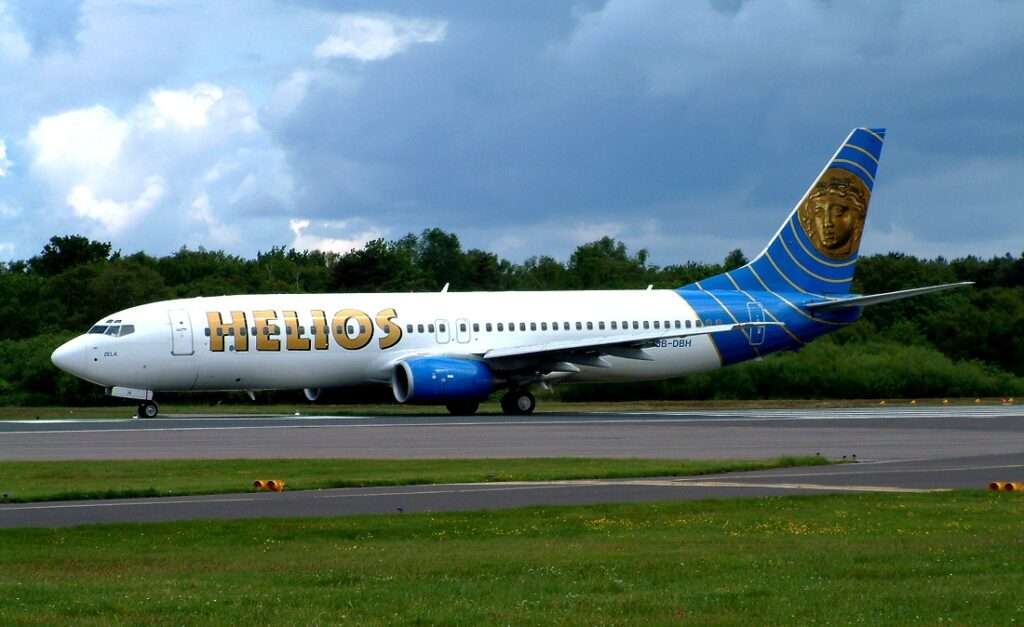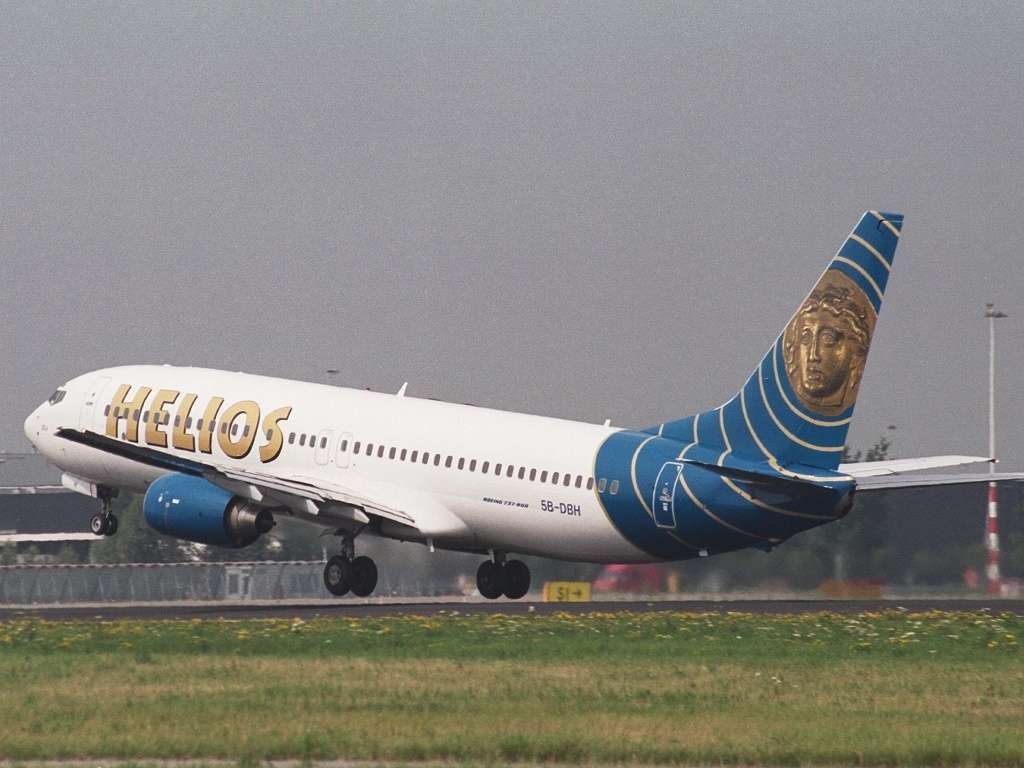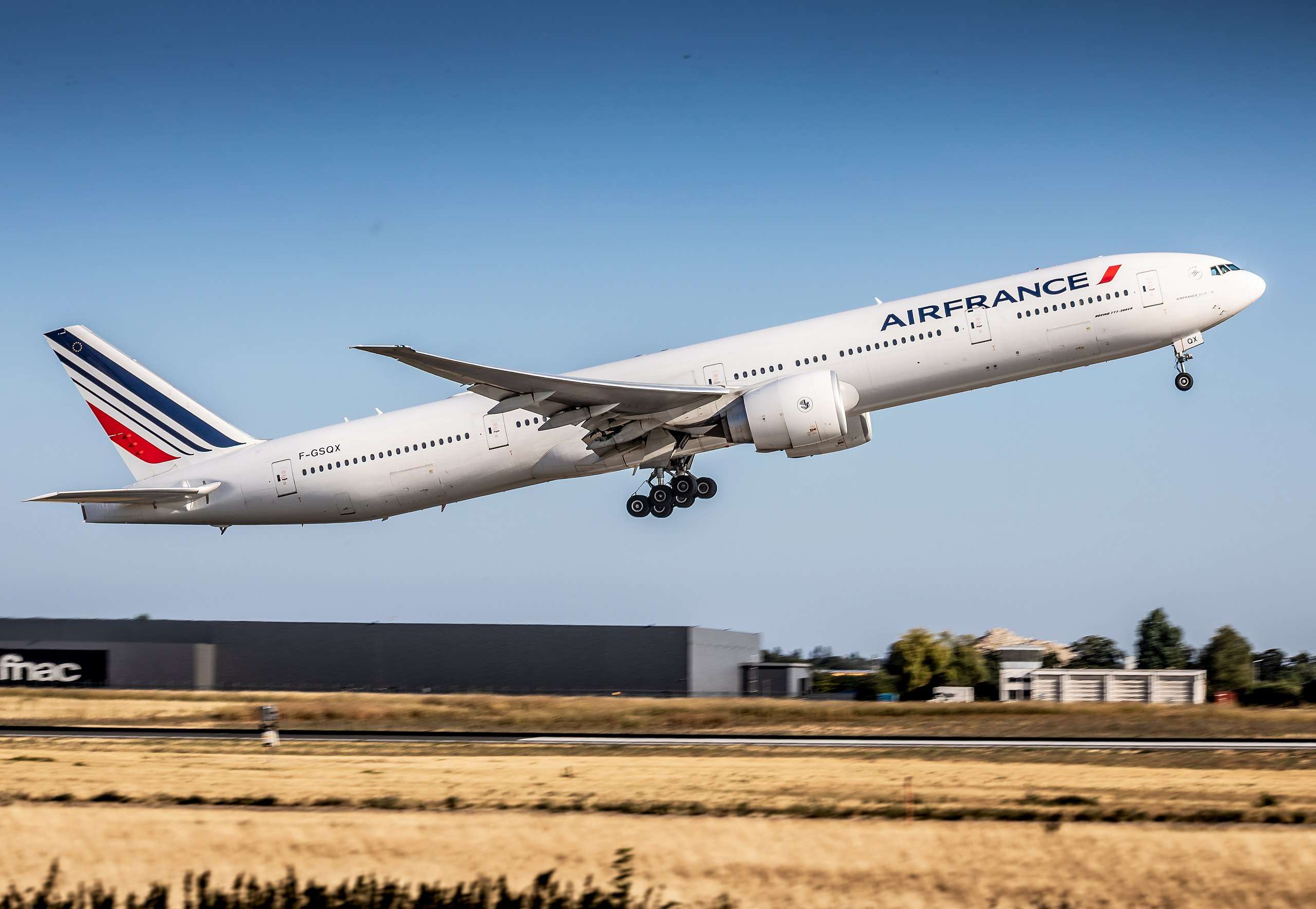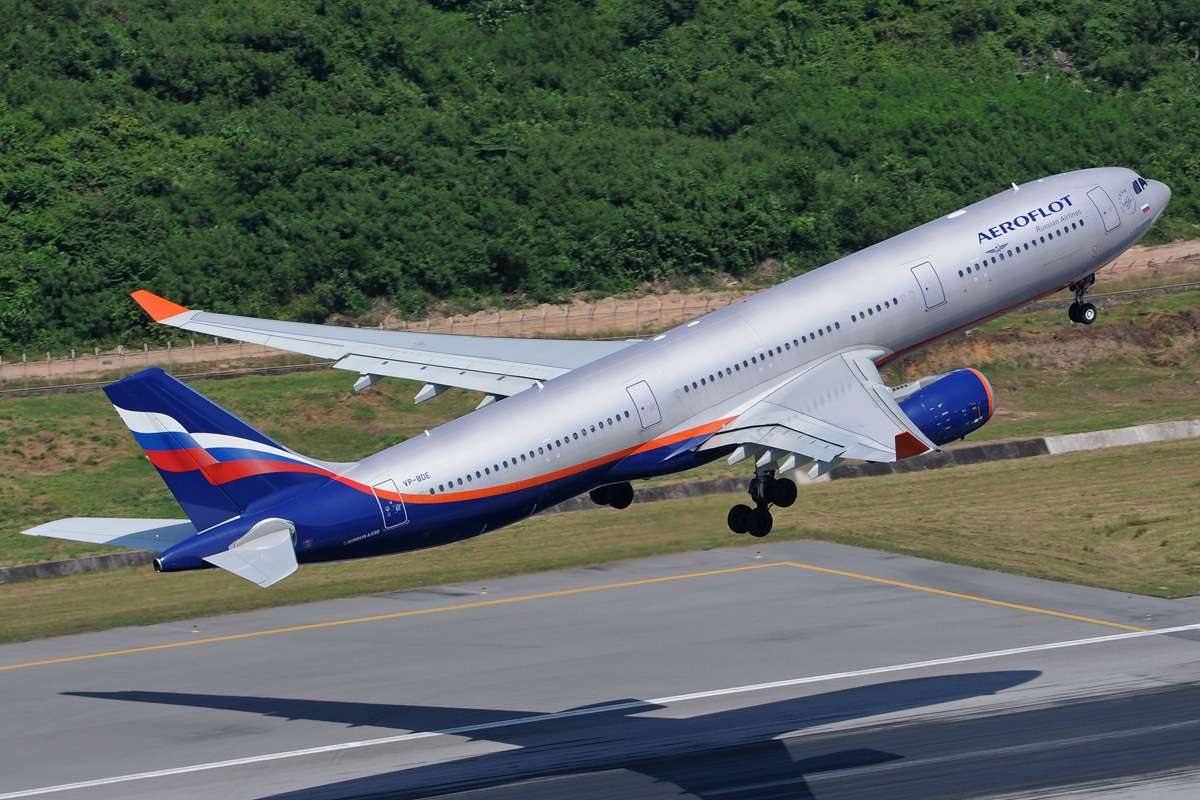Helios Airways, named after the Greek god of the sun, emerged as a pioneer in Cypriot aviation.
Established in 1998, it carved a niche as the country’s first independent, privately-owned airline.
Though its lifespan was relatively short, ending in 2006, Helios Airways left a mark by offering affordable travel options and facing a tragic accident that significantly impacted its operations.
Taking Flight: Early Years (1998-2004)
Helios Airways rose from the vision of the owners of TEA (Cyprus), a Cypriot air operator specializing in Boeing 737 wet leases (providing a fully-crewed aircraft to other airlines).
Recognizing an opportunity, they launched Helios Airways on September 23, 1998.
This new venture aimed to fill the gap for affordable scheduled and charter flights within Cyprus and beyond.
On May 15, 2000, Helios took to the skies for the first time, operating a charter flight to London Gatwick Airport.
The initial focus was on charter services, but the airline quickly expanded its network to include popular European destinations like Athens, London, Manchester, and Amsterdam.
As demand grew, Helios incorporated scheduled flights to destinations further afield, including Cairo, Paris, Dublin, and Warsaw.
Helios’ fleet primarily consisted of Boeing 737 variants, aligning with TEA (Cyprus)’s expertise with these aircraft.
The airline’s success stemmed from its low-cost model, catering to budget-conscious travelers seeking convenient connections between Cyprus and various European and African cities.
In 2004, Helios Airways underwent a significant change in ownership.
The Libra Holidays Group, a major tourism company based in Limassol, Cyprus, acquired the airline.
This acquisition aimed to create synergy within the group, with Helios becoming the in-house carrier for Libra Holidays’ extensive European tour operations.
Fleet Modernization and Tragedy (2004-2005)

The year 2004 marked a shift in Helios’ fleet strategy.
To meet growing demand and enhance passenger experience, the airline phased out its older Boeing 737-400s and replaced them with newer, more fuel-efficient Boeing 737-800s.
These larger-capacity aircraft offered greater passenger comfort and operational efficiency.
However, Helios’ trajectory took a devastating turn in August 2005.
Helios Airways Flight 522, a scheduled service from Larnaca, Cyprus, to Prague, Czech Republic, with a stopover in Athens, Greece, experienced a series of critical failures shortly after takeoff.
A pressurization issue caused hypoxia (oxygen deficiency) for the passengers and crew, rendering them unconscious.
Tragically, the plane continued on autopilot for hours before crashing near Grammatiko, Greece, killing all 121 people on board.
The Helios Airways Flight 522 disaster was a major aviation accident with far-reaching consequences.
Investigations revealed a combination of factors, including a crew error and a malfunctioning pressurization system.

The accident significantly tarnished the airline’s reputation and raised concerns about its safety standards.
Aftermath and Closure (2005-2006)
In the aftermath of the crash, Helios faced immense public scrutiny and financial difficulties.
Despite initial assurances and safety checks on their remaining fleet, the airline struggled to regain public confidence.
Helios attempted to salvage the situation by rebranding as “αjet” (Alpha Jet) in 2005.
However, these efforts were unsuccessful.
The Cypriot government, concerned about the airline’s financial health and damaged reputation, detained Helios’ aircraft and froze its bank accounts in late 2005.
Facing a mounting crisis, Helios Airways announced its closure on October 31, 2006.
The airline’s operations officially ceased on November 7, 2006, marking the end of a brief but impactful chapter in Cypriot aviation history.
Legacy of Helios Airways
Helios Airways’ legacy is a complex one.
On the one hand, it pioneered affordable air travel for Cypriots and facilitated tourism growth.
On the other hand, the Helios Airways Flight 522 disaster highlighted the importance of robust safety protocols and crew training in aviation.
The accident led to significant changes in aviation regulations, particularly regarding crew incapacitation procedures and aircraft maintenance protocols.
While Helios Airways is no longer operational, its story serves as a reminder of the importance of safety and the ever-evolving nature of the aviation industry.

Click the banner to subscribe to our weekly newsleter.

Click the photo to join our WhatsApp channel so then you can stay up to date with everything going on in the aviation industry!




